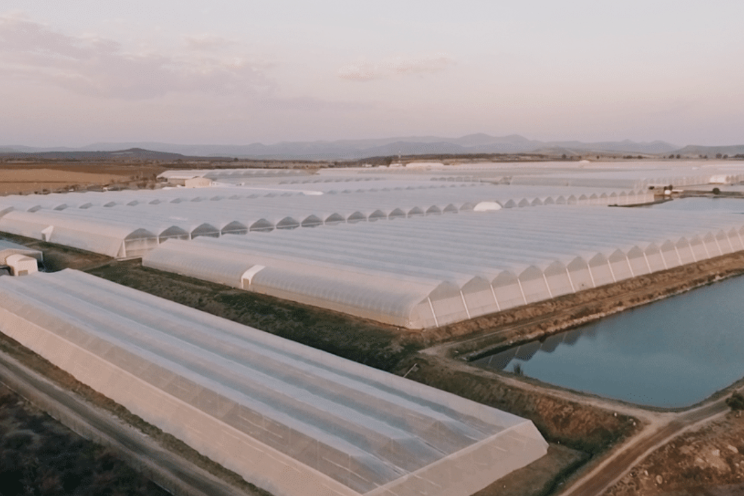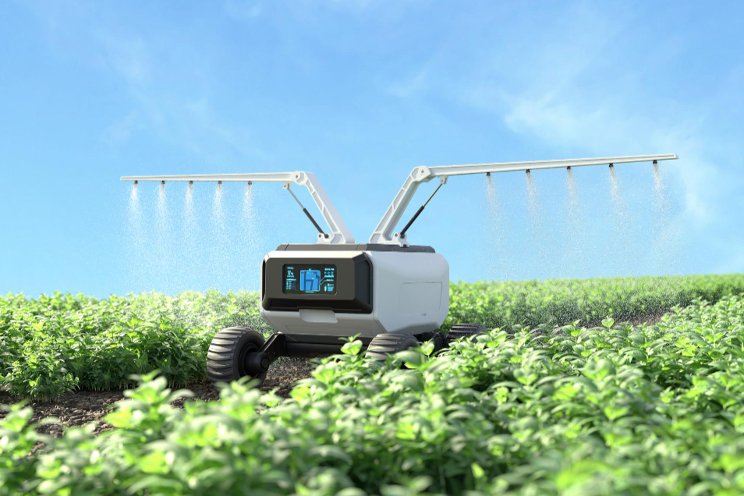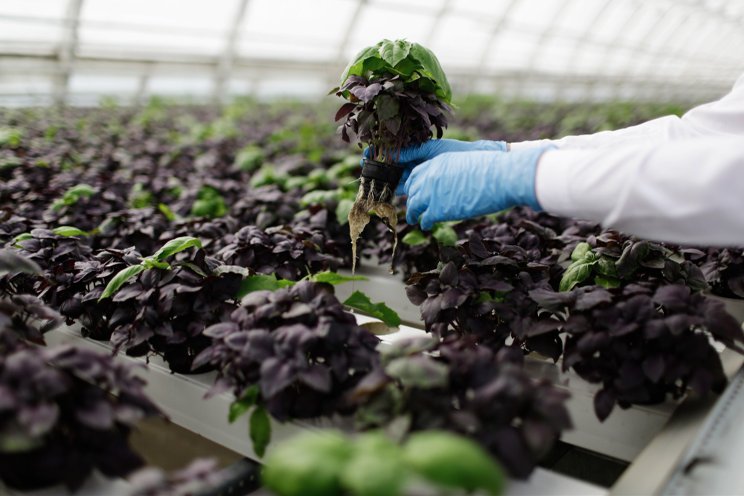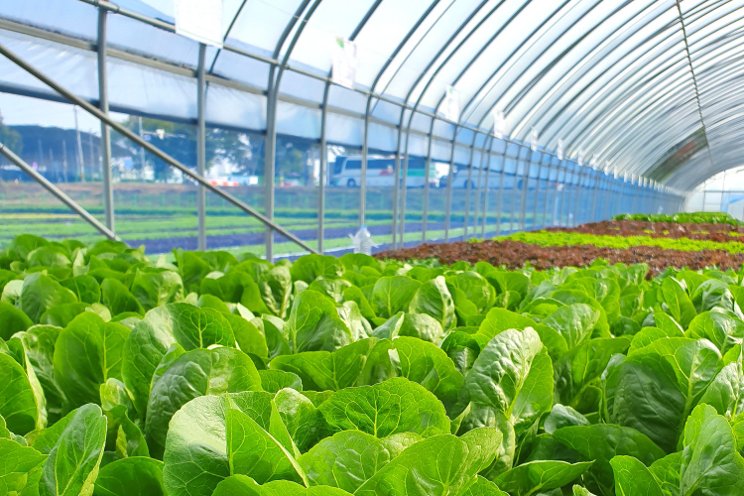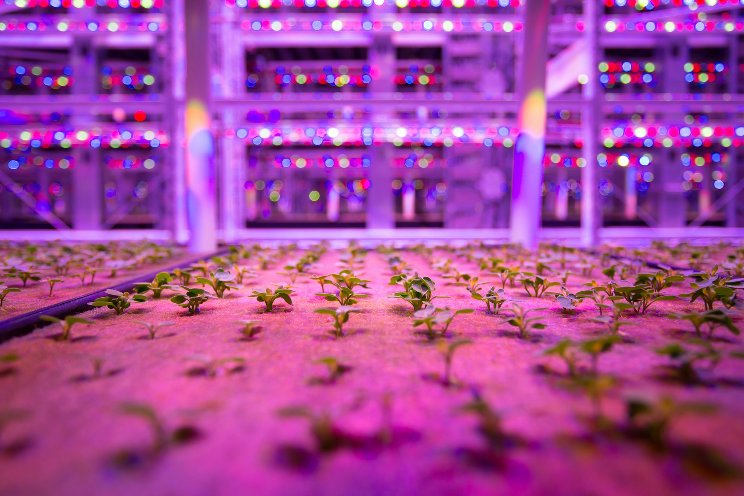Oxygen in the root zone and it impacts crop yield
Added on 16 September 2024

Oxygen and Root Zone Dynamics
In this context, oxygen is like a backstage player in a theater production. It’s not the show's star—those are your plants, tomatoes, and lettuces—but it’s essential to their performance. When plants thrive, we often credit the visible elements: the nutrient-rich solution, the efficient lighting, and the perfect pH balance. Yet, what happens beneath the surface, in the root zone, can make or break the final yield.
In the world of hydroponics, where plants grow without soil in a carefully controlled environment, every variable counts. Lighting, nutrients, water pH—growers meticulously manage these factors. But there’s one element often overlooked, quietly playing a decisive role in the success of these systems: oxygen in the root zone.
Researchers have been digging into this quiet contributor, and what they’ve found is fascinating. Take the work of Stutte and his colleagues in 2016. They set up a series of experiments to see what would happen if they tweaked the oxygen levels in a hydroponic system growing lettuce. Now, lettuce isn’t a particularly fussy plant—it’s not as temperamental as a vine-ripened tomato. But even here, when they increased the dissolved oxygen concentration in the water, they saw something remarkable: a 20% increase in biomass. Twenty percent. That’s a dramatic improvement, and it’s all thanks to a little more oxygen.
As it turns out, the roots are far more demanding than we might have assumed. They’re not just passive conduits for nutrients; they’re active, living parts of the plant that need oxygen to function correctly. When deprived of oxygen, roots can’t convert glucose into the energy required for growth and nutrient uptake. In other words, without enough oxygen, the whole system starts to falter.
This is a story that’s repeated across different crops and different studies. In 2017, Cho and his team looked at hydroponically grown tomatoes. Tomatoes, as any gardener knows, can be finicky—they need the right conditions to produce those juicy, flavorful fruits. Cho found that when the oxygen levels in the root zone were increased to about 8 mg/L, the plants responded with a 15% boost in fruit yield. That’s no small potatoes (or tomatoes, as it were). On the flip side, the plants struggled when oxygen levels dropped below 4 mg/L. Growth was stunted, nutrient uptake lagged, and yields plummeted.
Mechanisms Behind the Correlation
So what’s going on here? Why does oxygen have such a powerful impact on yield? The answer lies in the mechanics of plant biology. Oxygen fuels the process of aerobic respiration in the roots, which is essential for producing ATP, the energy that powers everything a plant does, from growing to flowering to fruiting. Without enough oxygen, the roots can’t produce the energy they need, and the whole plant suffers.
But it’s not just about energy. Oxygen also helps prevent the buildup of toxic compounds that can accumulate when conditions are anaerobic—that is when there isn’t enough oxygen. These toxins can cause serious harm to the roots, further reducing the plant’s ability to take up nutrients and grow.
Conclusion
In a way, it’s a classic case of the underdog making a huge difference. Oxygen isn’t glamorous, but it’s essential. It’s the secret sauce that makes the whole system work, and without it, even the most carefully calibrated hydroponic setup can fall flat.
So, if you’re a grower looking to maximize your yield, you might want to take a page from these studies. Pay attention to your oxygen levels. It might just be the edge you need to turn a good crop into a great one.
Re-Nuble design products for growers with growers. Unlock your yield potential here.
Bibliography
- Cho, Y., Kim, J., Lee, J., & Kim, Y. (2017). Effects of oxygen concentration on the growth and yield of hydroponically grown tomatoes. *Journal of Horticultural Science & Biotechnology*, 92(4), 400-407.
- Hamanishi, E., Barbeau, C., & Campbell, M. M. (2019). Root oxygenation improves spinach yield in hydroponic systems. *Plant and Soil*, 443(1-2), 277-289.
- Stutte, G. W., Yorio, N. C., & Wheeler, R. M. (2016). Influence of root zone oxygen levels on the growth and yield of hydroponic lettuce. *Acta Horticulturae*, 1134, 89-94.
More news


